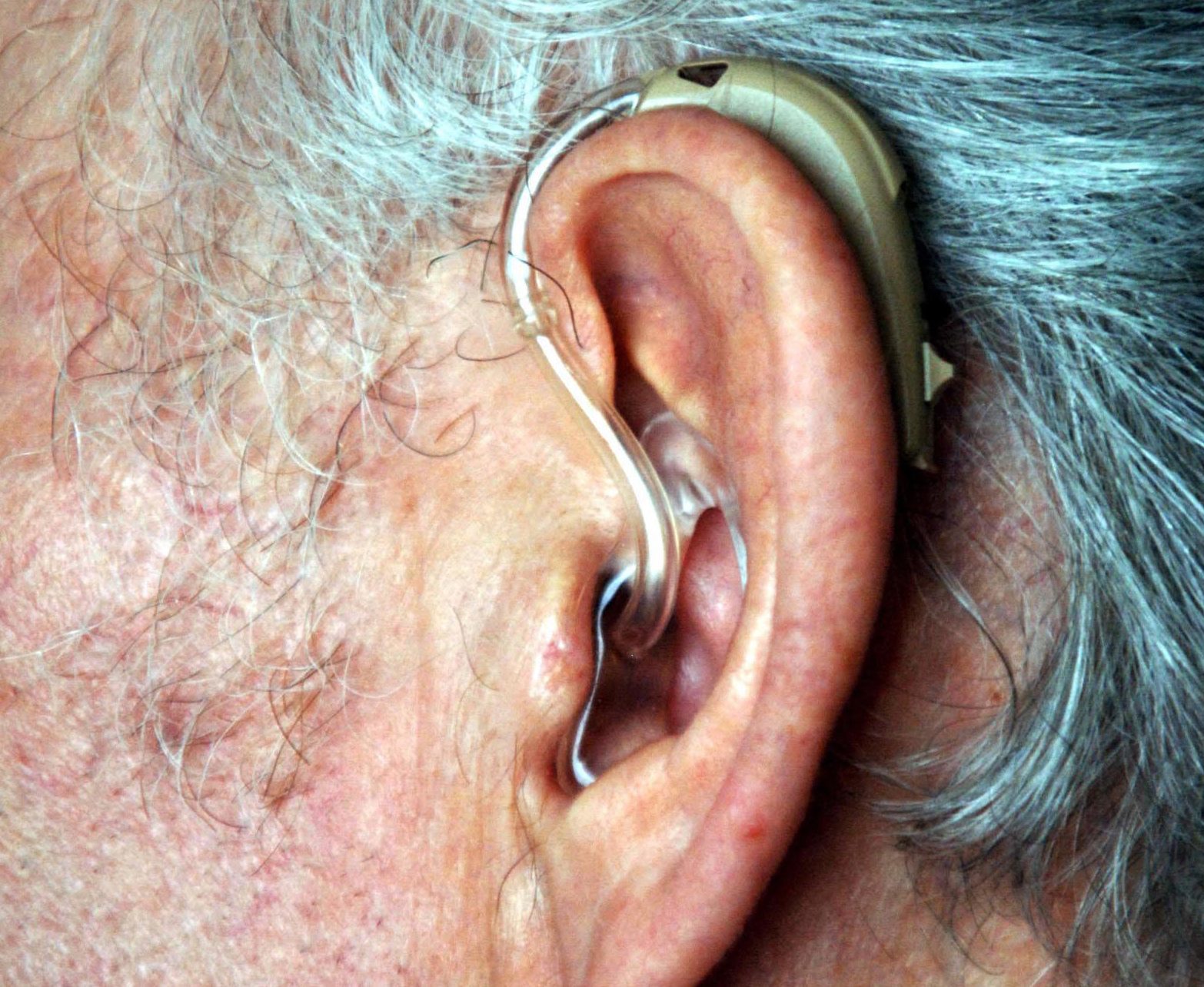
Hundreds of deaf children and adults will receive hearing implants on the NHS after changes to official guidelines.
A review of eligibility criteria by the National Institute for Health and Care Excellence (NICE) means many more will now benefit from the technology.
The mother of a four-year-old boy who was refused cochlear implants by the NHS said she was “delighted” by the announcement.
Joanna Wayne, from Carshalton in South London, launched a campaign which raised £80,000 to fund her son’s “magic ears”.
Since undergoing an operation last April and having his hearing “switched on” in May, Benjamin’s speech has improved significantly.
“I am delighted at the news of the updated criteria from NICE,” Ms Wayne told the Press Association.
“Since being switched on, Benji’s life has changed so much.
“With hard work and specialist speech therapy his speech understanding and production has improved dramatically.
“He can hear music, songs and is learning phonics in a mainstream school with hearing classmates.
“I am so happy for all the other children that will now benefit from this life-changing technology.”
Ms Wayne believes her son Benjamin might have been eligible for implants on the NHS under the new guidelines.
Severe to profound deafness, used to identify if a cochlear implant might be appropriate, was previously defined as only hearing sounds louder than 90 decibels without hearing aids.
The updated guidance recognises it as only hearing sounds louder than 80 decibels without hearing aids, at two or more frequencies.
It is estimated that around 1,260 people in England receive cochlear implants each year.
NICE said that this number could increase by 70% to 2,150 by 2025, as a result of the updated guidance.
Vicki Kirwin, a children’s audiologist at the National Deaf Children’s Society, said: “Cochlear implants can have an incredible impact on the lives of thousands of deaf children.
“With this updated guidance, Britain will go from having some of the strictest criteria in the developed world for accessing cochlear implants to being at the forefront of giving this technology to deaf children.”
Meindert Boysen, director of the centre for technology evaluation at NICE, said: “The appraisal committee listened to stakeholder concerns regarding the eligibility criteria for cochlear implants being out of date.
“Upon review it was concluded this needed to be updated.
“The new eligibility criteria for cochlear implants will ensure that they continue to be available on the NHS to those individuals who will benefit from them the most.”

Enjoy the convenience of having The Sunday Post delivered as a digital ePaper straight to your smartphone, tablet or computer.
Subscribe for only £5.49 a month and enjoy all the benefits of the printed paper as a digital replica.
Subscribe